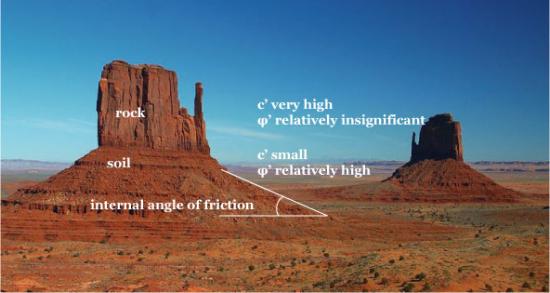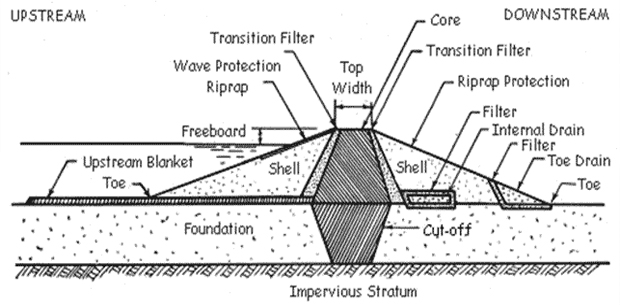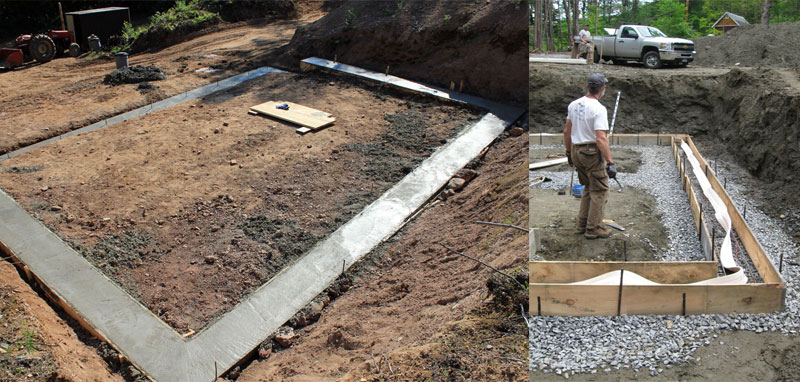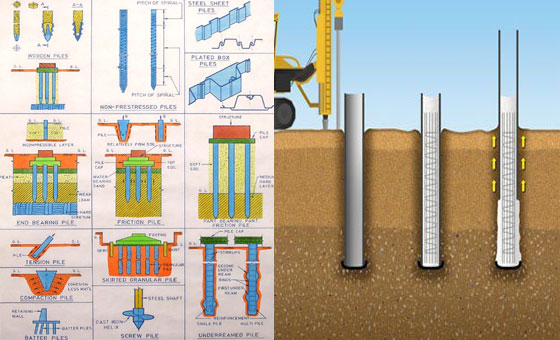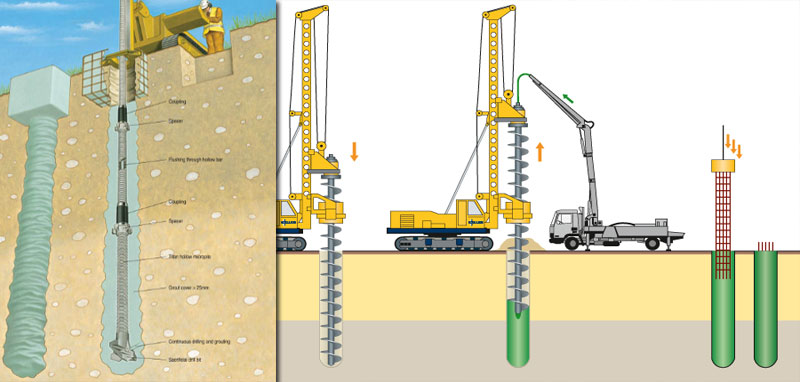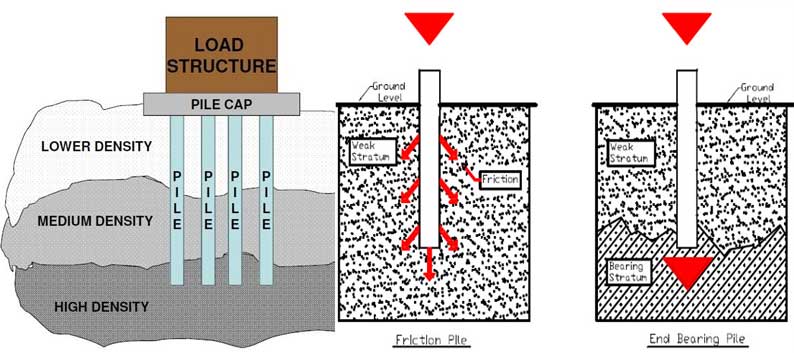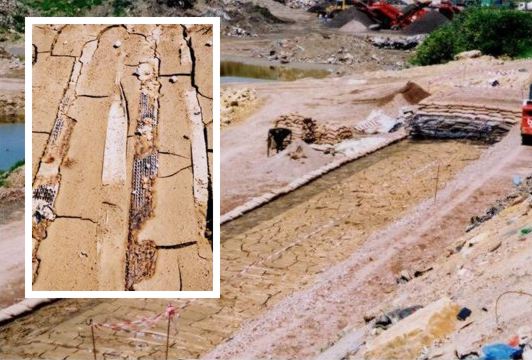Shearing strength of soils and tests
We can define Shearing strength as the resistance to shearing stresses and a resultant propensity for shear deformation. Soil takes after its shearing strength from the following factors: resistance because of the interlocking of particles frictional resistance amongst the individual soil grains bond between soil particles or cohesion The principal planes and principal stresses At […]
Read More →
